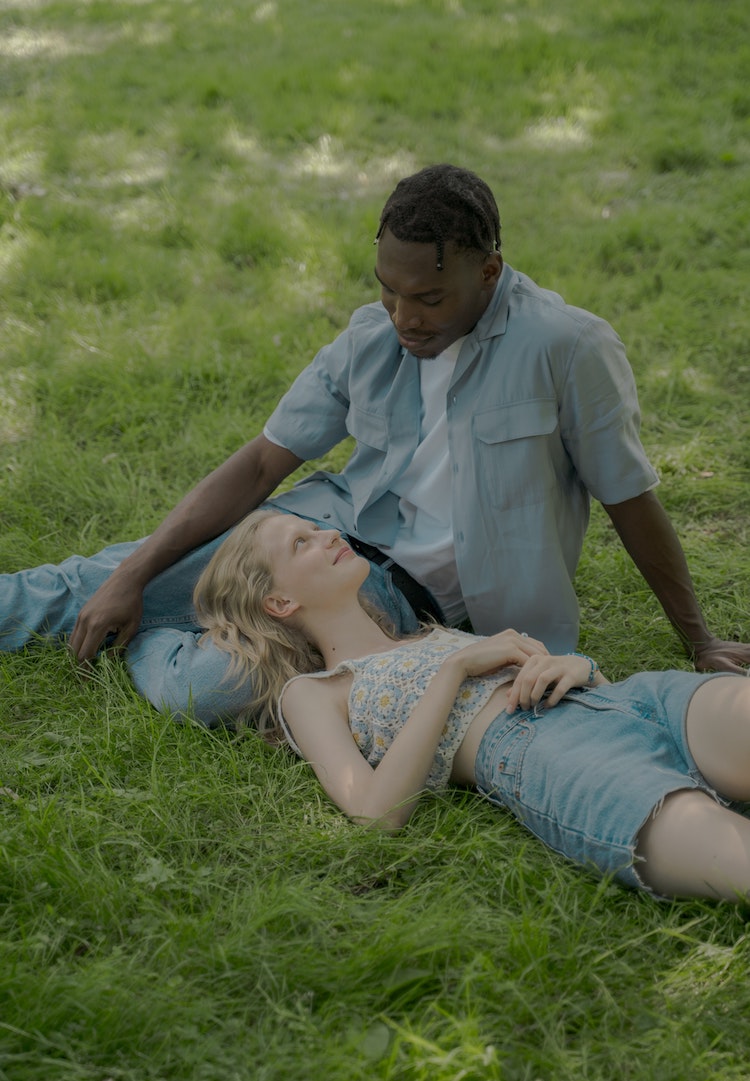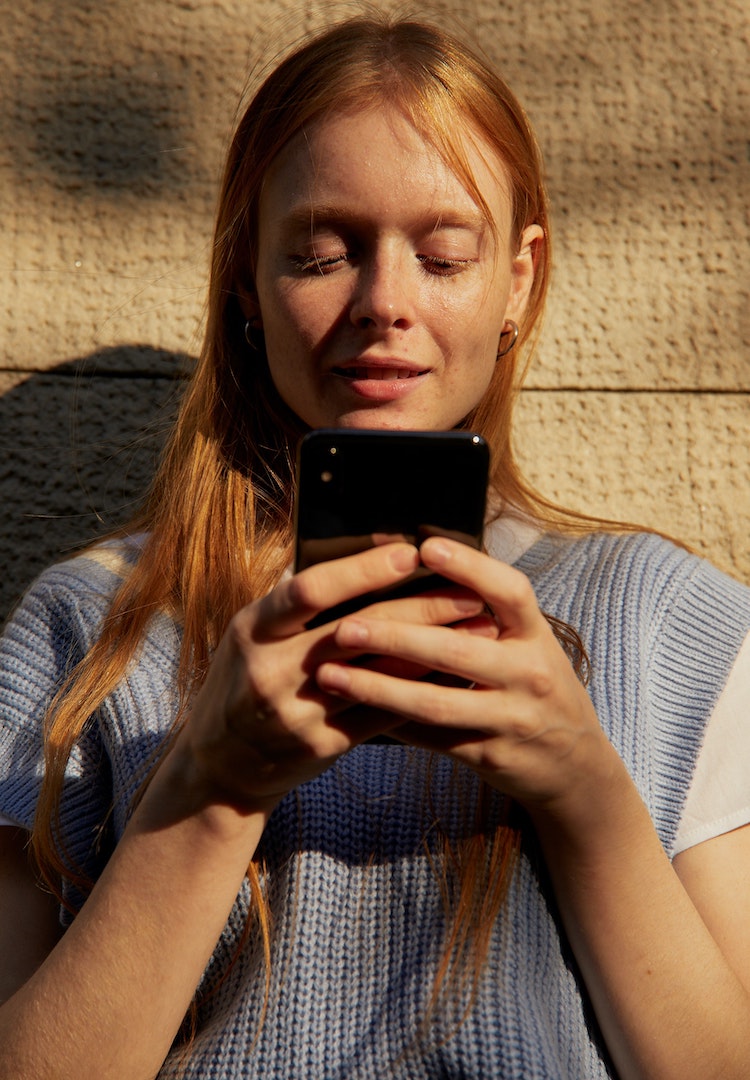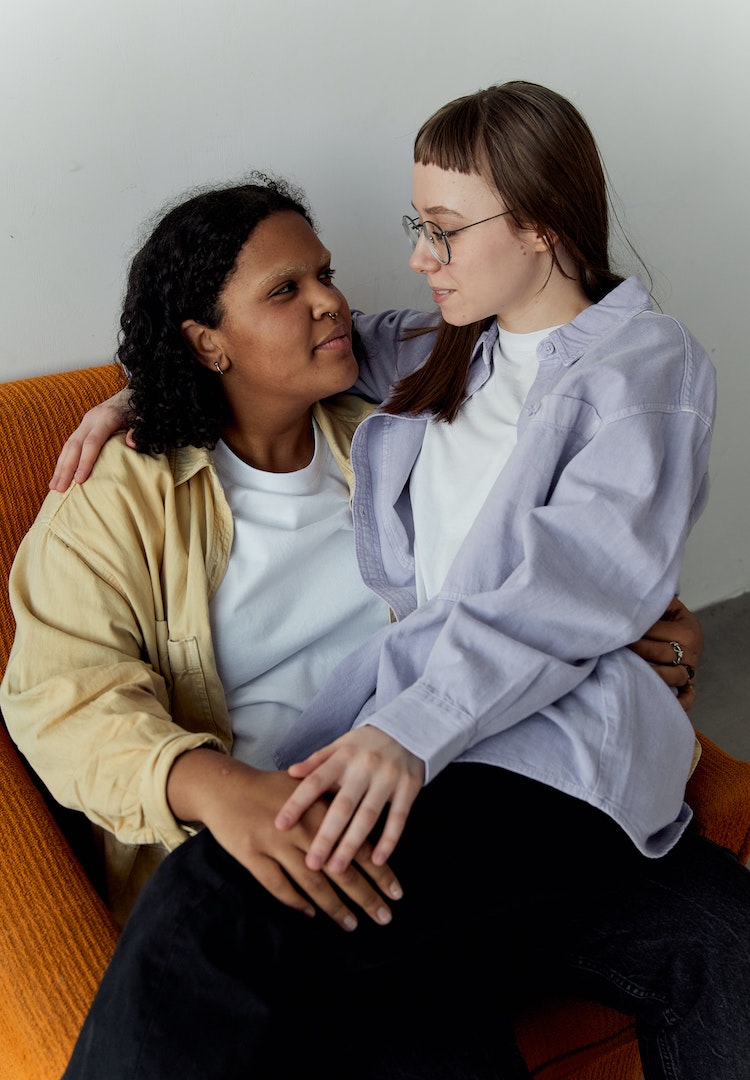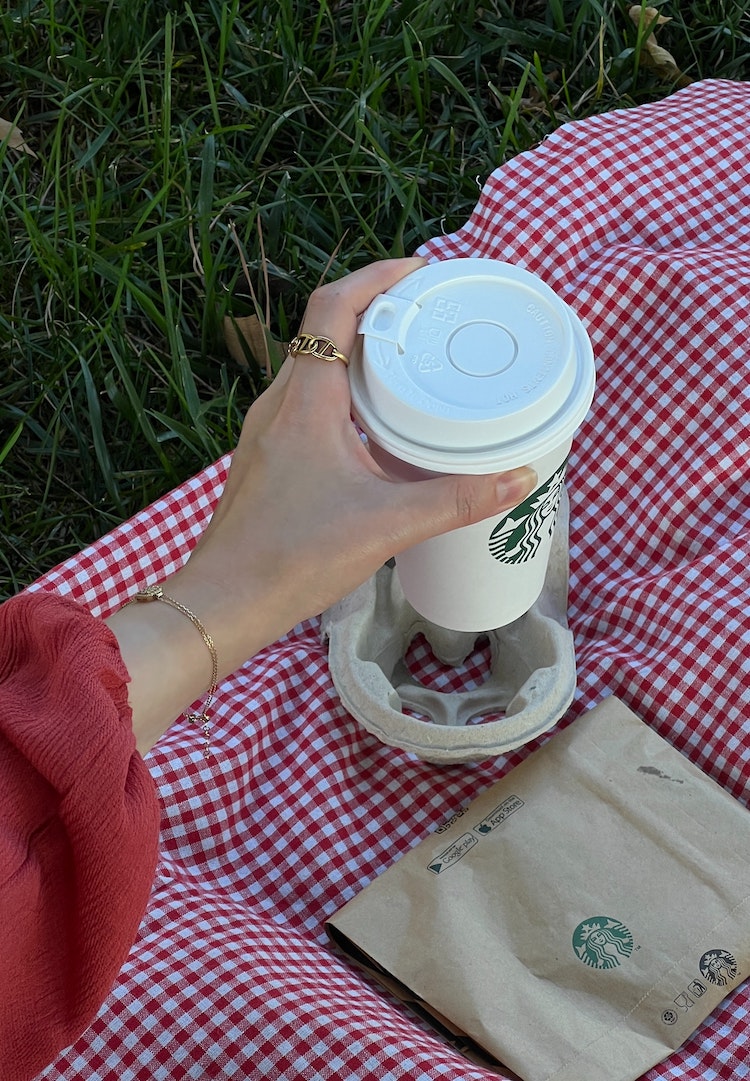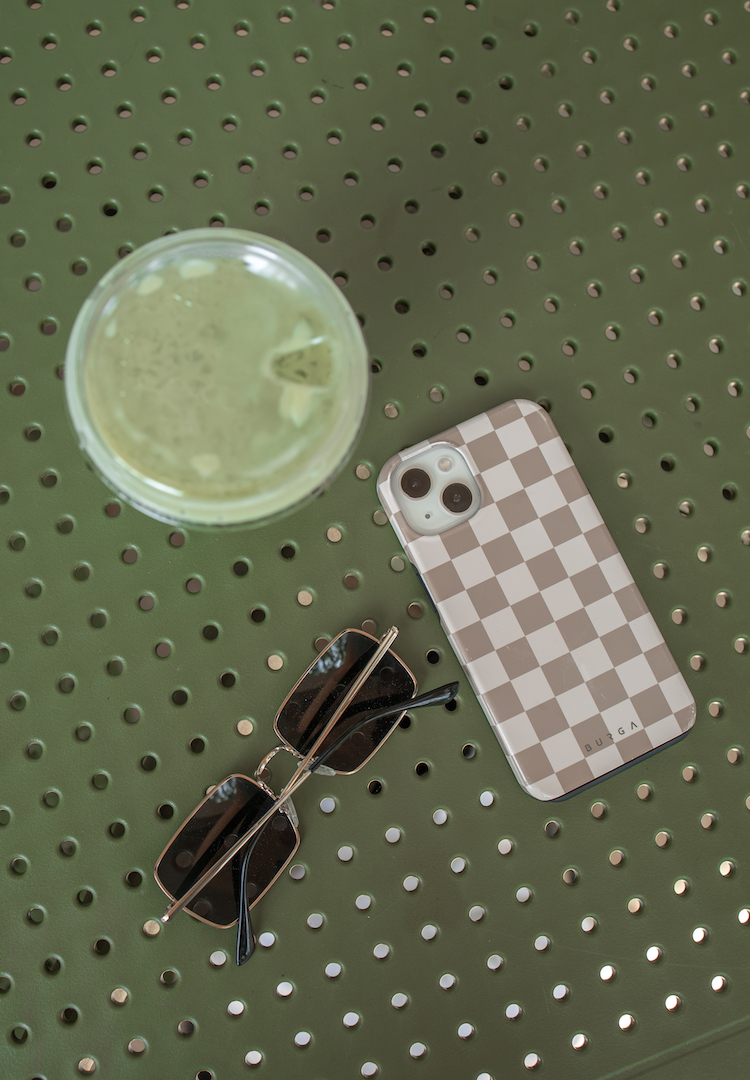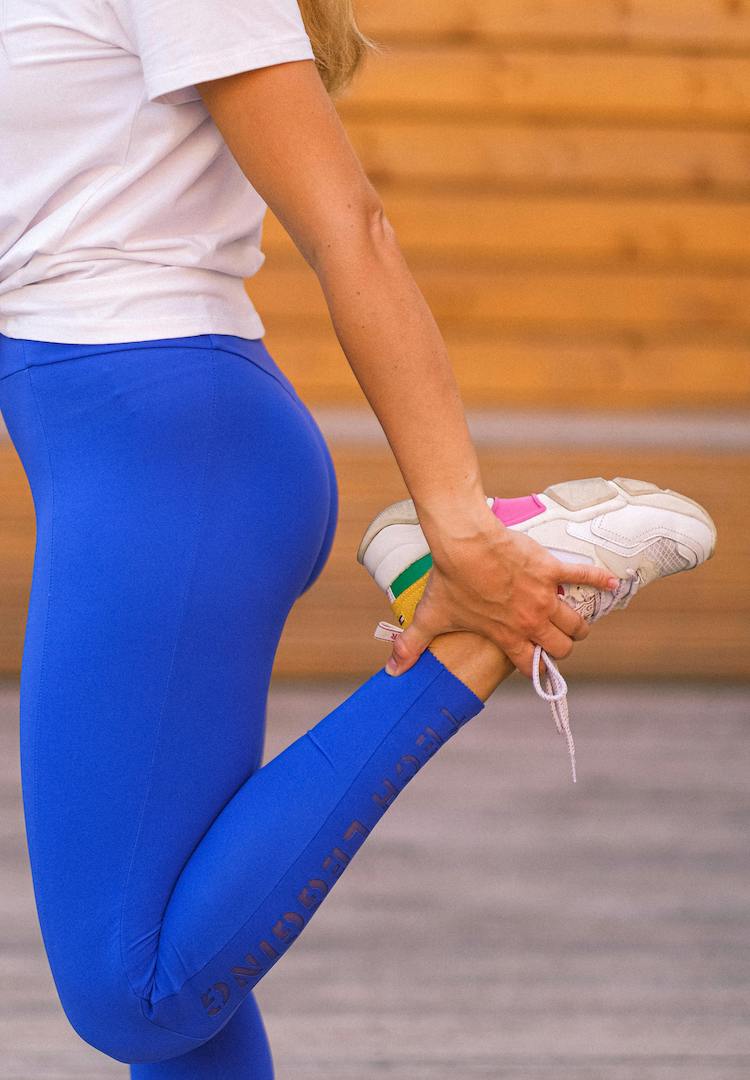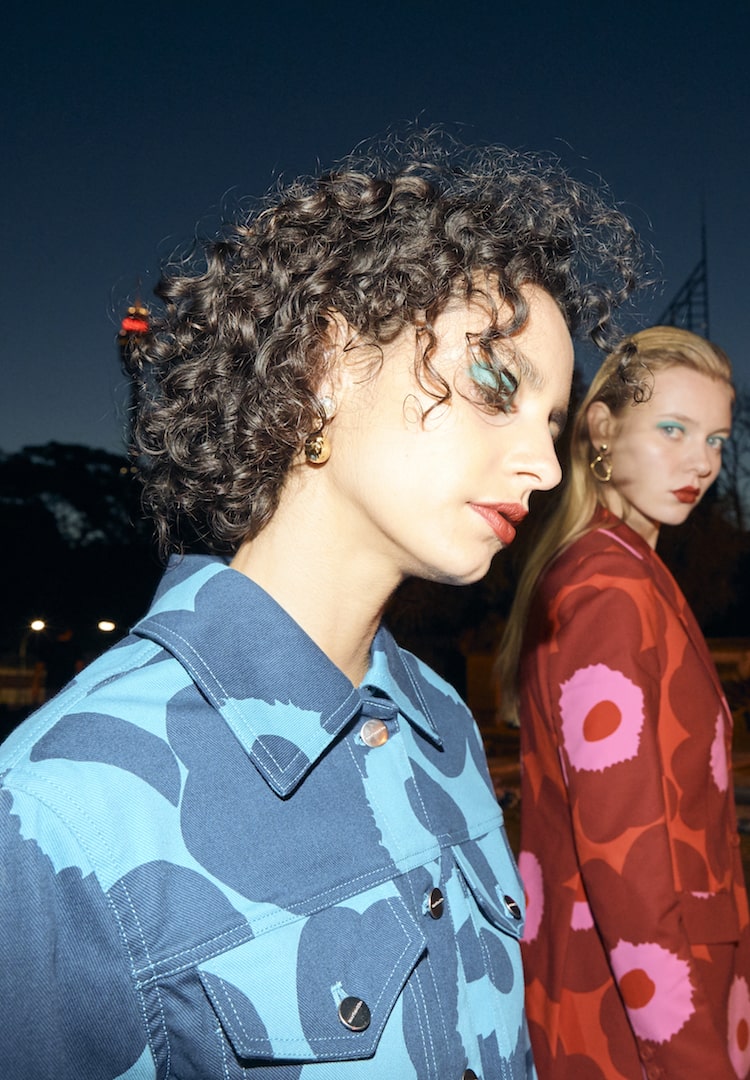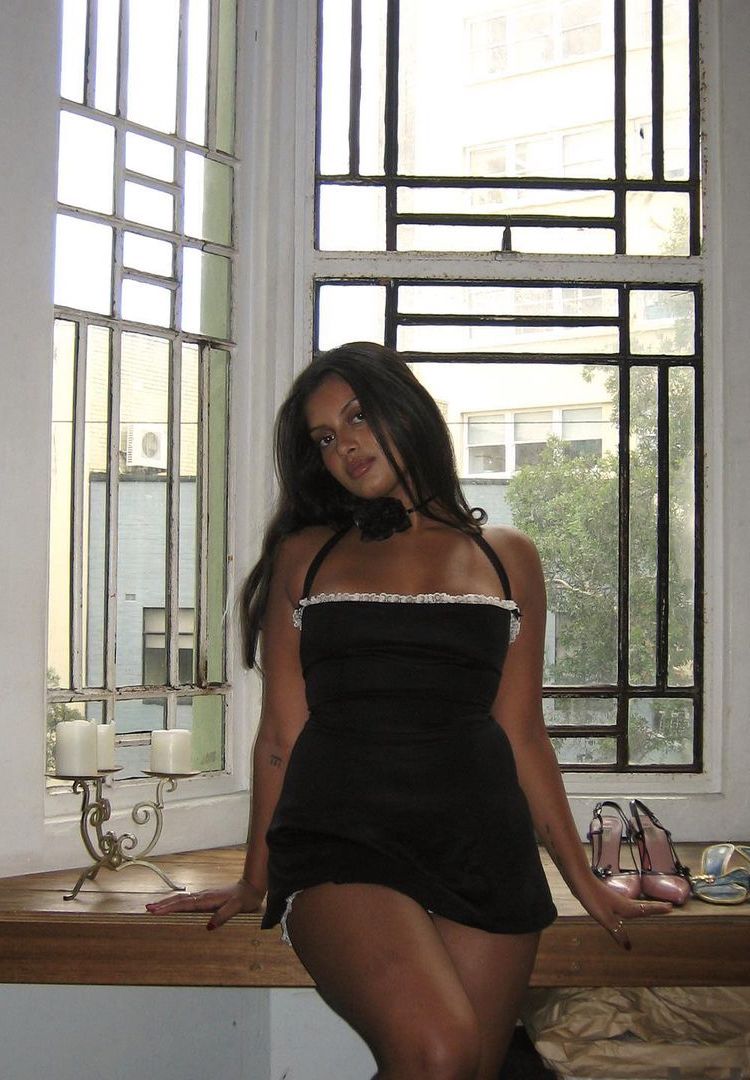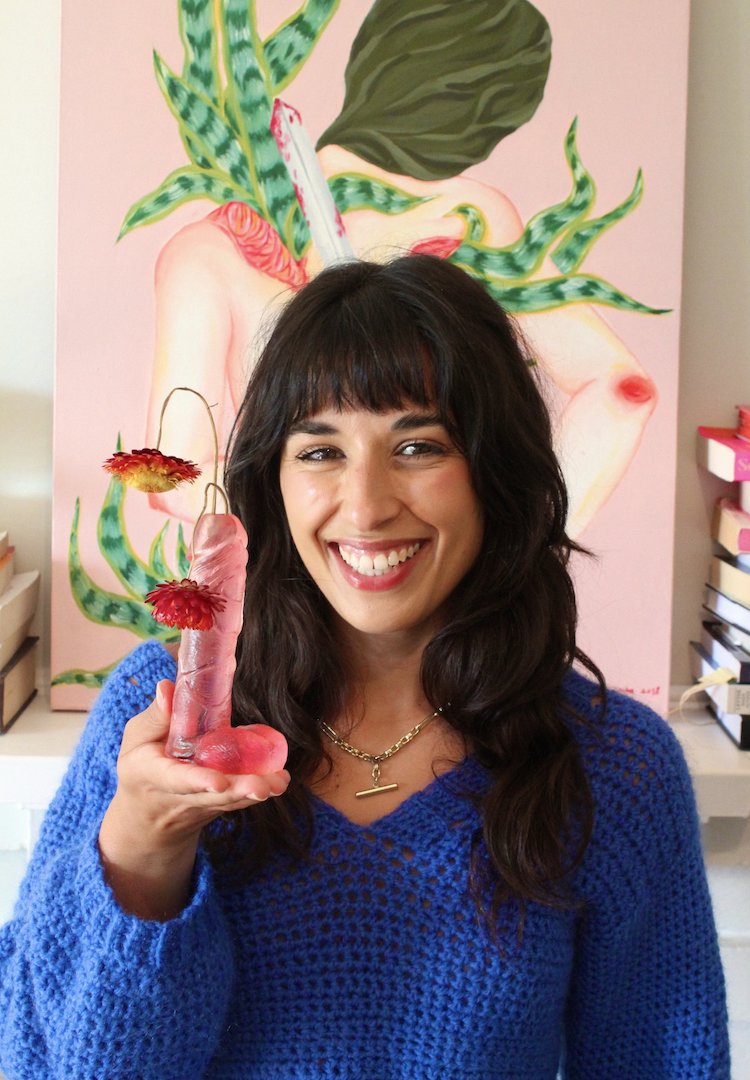What does ‘fake body’ mean on TikTok?
WORDS BY Alyssa Forato
Explaining the censorship-driven TikTok trend.
If you’re anything like me (or simply below the age of 30), scrolling on TikTok is an essential part of your wind-down routine. When I’m giving myself a moment to breathe after a long day or procrastinating going to sleep, I’ll often find myself in a For You Page wormhole.
I’m on TikTok more than I’d like to admit. And with the rapidly changing, trend-driven nature of the app, it’s not a shock when strange slang starts appearing on my feed. It usually doesn’t faze me – I’ll continue my smooth-brain swiping– but one of TikTok’s latest phrases stirred my curiosity. The culprit? ‘Fake body’.
For more thought-provoking content, tap through to our Life section.
‘Fake body’ has been showing itself frequently on my For You Page, often accompanying videos of women dancing, posing or posting thirst traps. In these videos, the women are wearing outfits ranging from just a bikini to a crop top and low-waisted pants. There’s often at least some skin showing but it varies from user to user.
There are many elements of TikTok I don’t understand (and I’m happy to keep it that way) but I was intrigued by what exactly ‘fake body’ meant. Was it some new body-positive movement we should know about or is it a way to flag the creator has had cosmetic or plastic surgery?
Kira Sweet, an Australian TikTok content creator, says it’s neither of these things. “It’s basically a way that creators combat the janky TikTok algorithm because they want to post thirst traps,” Kira explains. “People will put ‘fake body’ on their posts to combat that algorithm, so their videos don’t get taken down.”
‘Fake body’ is usually written in all caps, with a caution emoji accompanying the text on either side. While it’s most often written in the creator’s caption, it can also be seen in the video’s hashtags or in-video text. “People don’t want to get their videos taken down [but] they want to post thirst traps,” Kira says.
TikTok’s content moderation model automatically takes down content if it perceives nudity of any kind. But when I’ve scrolled on TikTok and come across the ‘fake body’ warning, there’s never any nudity. Sure, there’s always some level of skin showing but it’s never anything that would violate TikTok’s community guidelines.
“There’s so much content being posted on TikTok every day. There’s no possible way that they could have people individually monitoring every video and manually checking to see if something’s worthy of being taken down or not,” Kira explains.
TikTok uses artificial intelligence to moderate the platform for violations of its guidelines and rules. If the algorithms monitoring videos detect a high level of revealed skin, it’s perceived as nudity and the video is taken down. However, it’s not always accurate.
One reason why TikTok’s guidelines are so strict is because of the large number of minors using the platform worldwide. A recent Digital Australia report found that 32 per cent of Australians aged 16 to 64 were currently on TikTok, with numbers only growing.
Younger people often mimic what the generation above them does, so it’s not unusual for them to want to copy what they’re posting online. But while thirst traps are relatively harmless for adults, they can be quite dangerous for minors.
Kira admits that when she was a minor on the app, she’d follow trends of what older content creators were posting.“TikTok is an app all about following trends and what’s popular at the moment,” she says. “If minors see that creators are getting millions of views by posting themselves in a bikini, they’re going to want to hop on that as well, which is obviously pretty unsafe.”
By labelling their videos with ‘fake body’, adult content creators attempt to trick the artificial intelligence, claiming their often scantily-clad bodies aren’t real. While this attempt to swerve TikTok’s strict monitoring system isn’t fool-proof, some content creators have said it’s helped prevent their videos from being removed.
Kira tells me she’s been discouraged from posting videos on the platform in the past, with her uploads being taken down for no reason.“I see a lot of creators get super frustrated and that’s going to lead them to use other platforms like YouTube… [platforms that] have already figured out their algorithms.”
Obviously, it’s a good thing TikTok is doing its best to protect minors from creepy people on the app. Since it’s such a hard platform to monitor, it’s better for TikTok to have stricter guidelines rather than looser regulations that allow minors to create unsafe content.
But it doesn’t mean users that have videos wrongly taken down can’t be annoyed. “If the stuff getting taken down isn’t harmful to minors and isn’t adult nudity, it’s just seen as a fault to the app,” Kira says. “It’s kind of an impossible situation.”
While TikTok figures out how to improve its content moderation systems, know the bodies you’re seeing are indeed real and the ‘fake body’ trend has nothing to do with you (unless you’re a content creator).
For more on navigating TikTok trends, head here.

